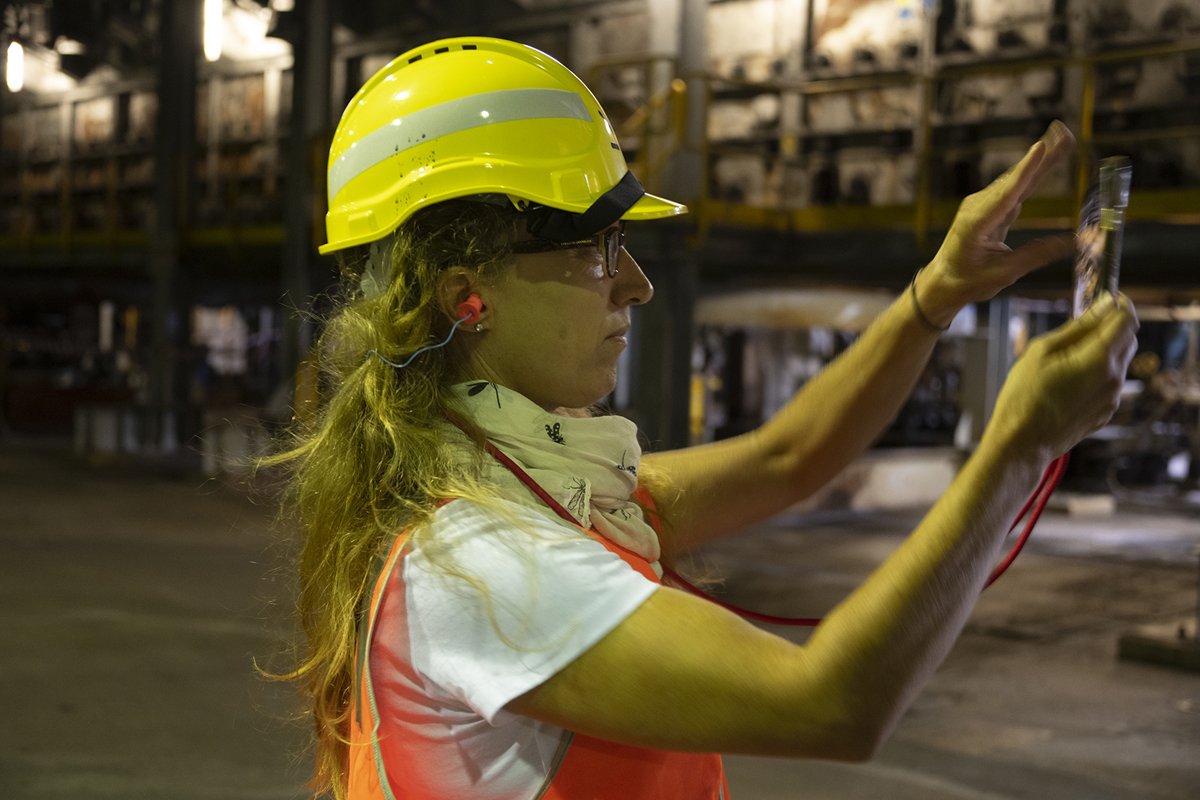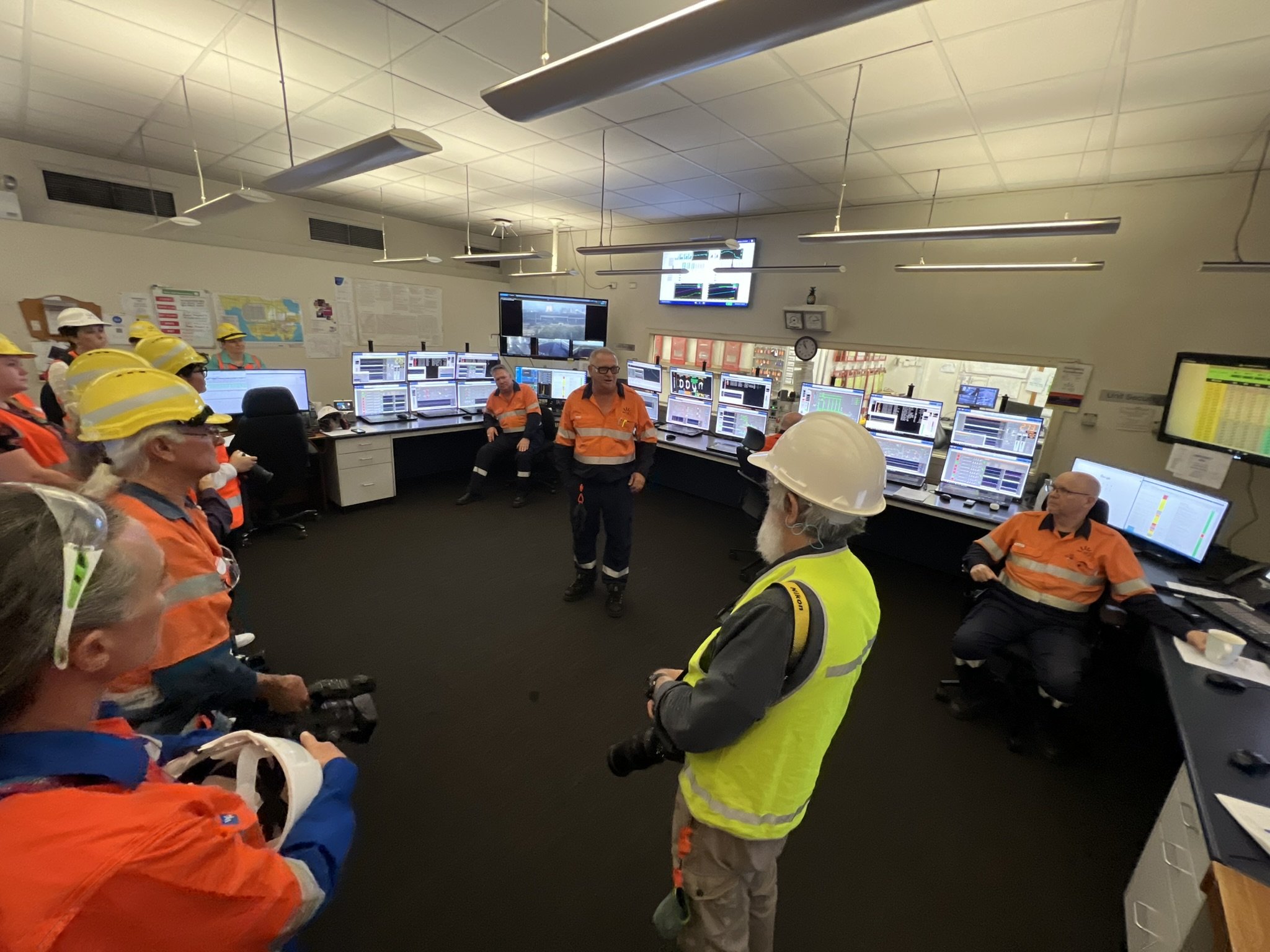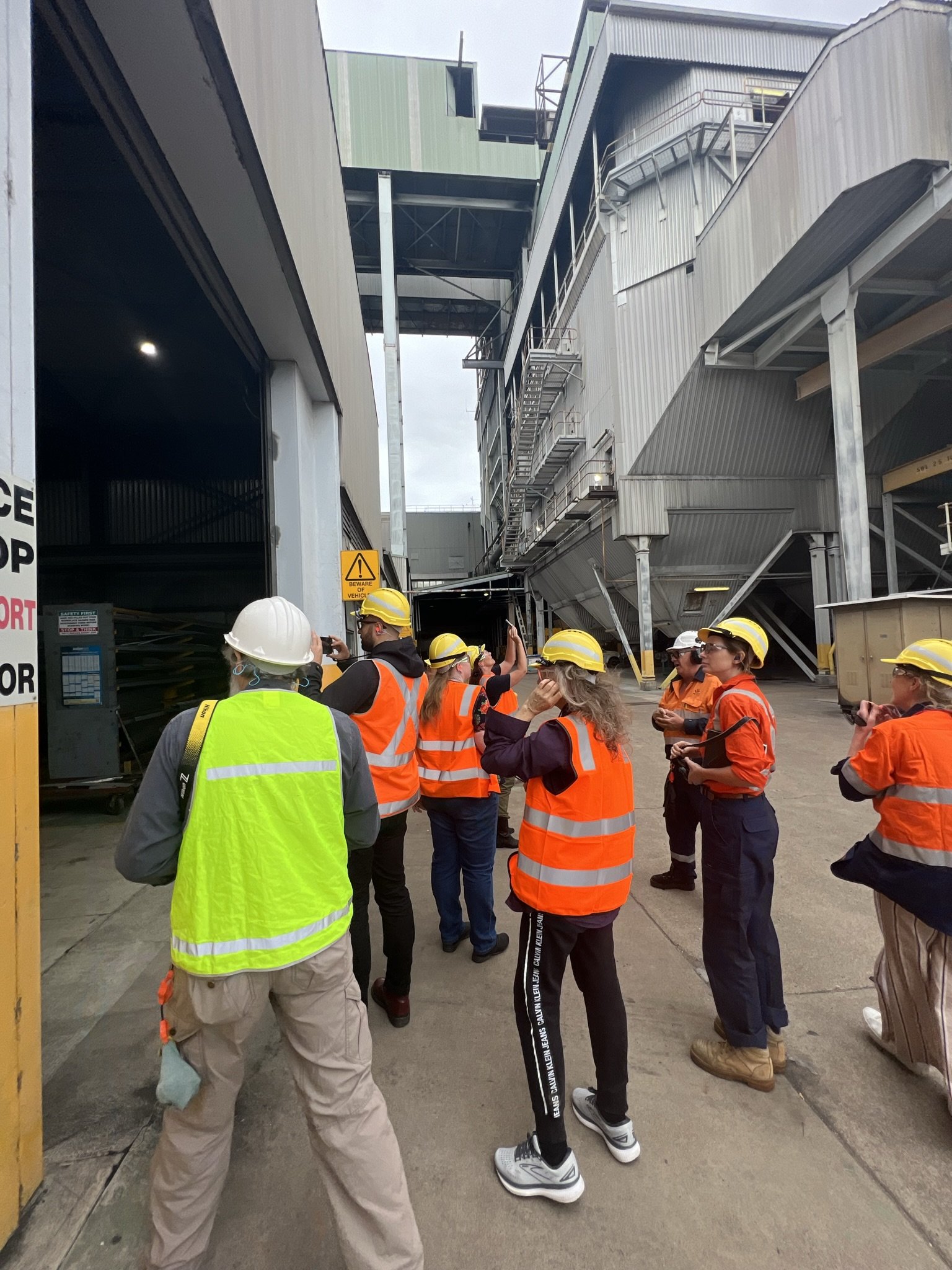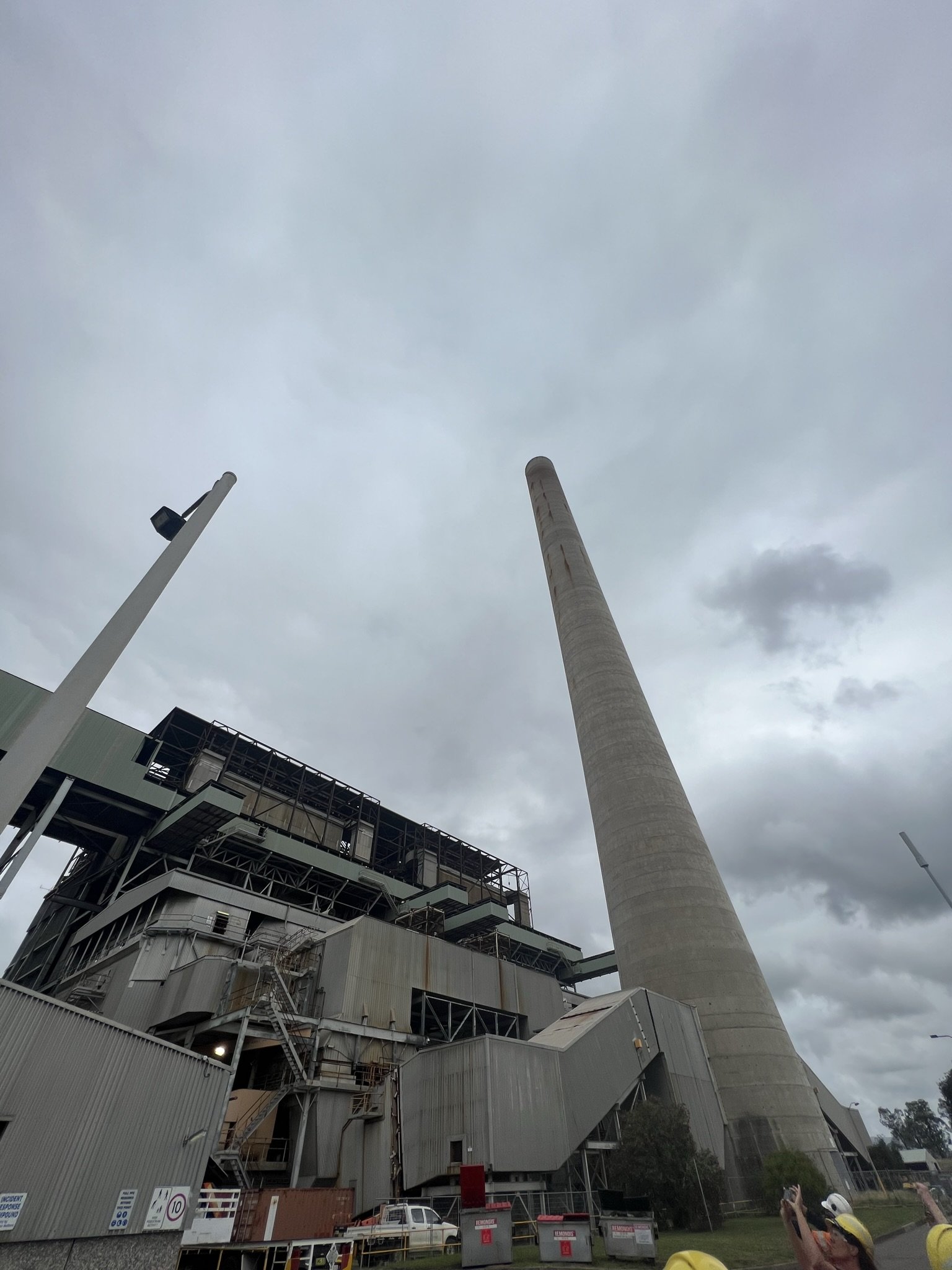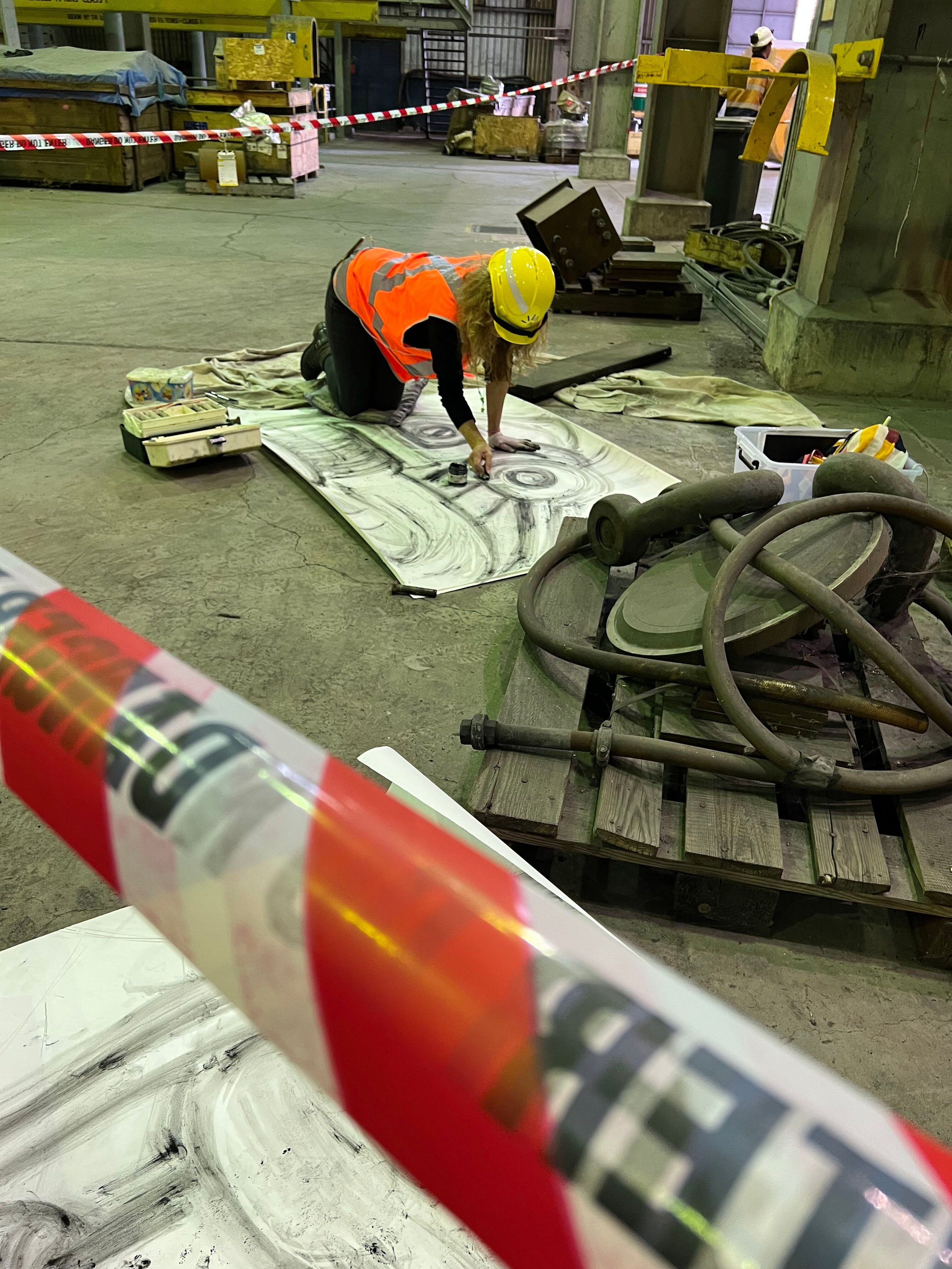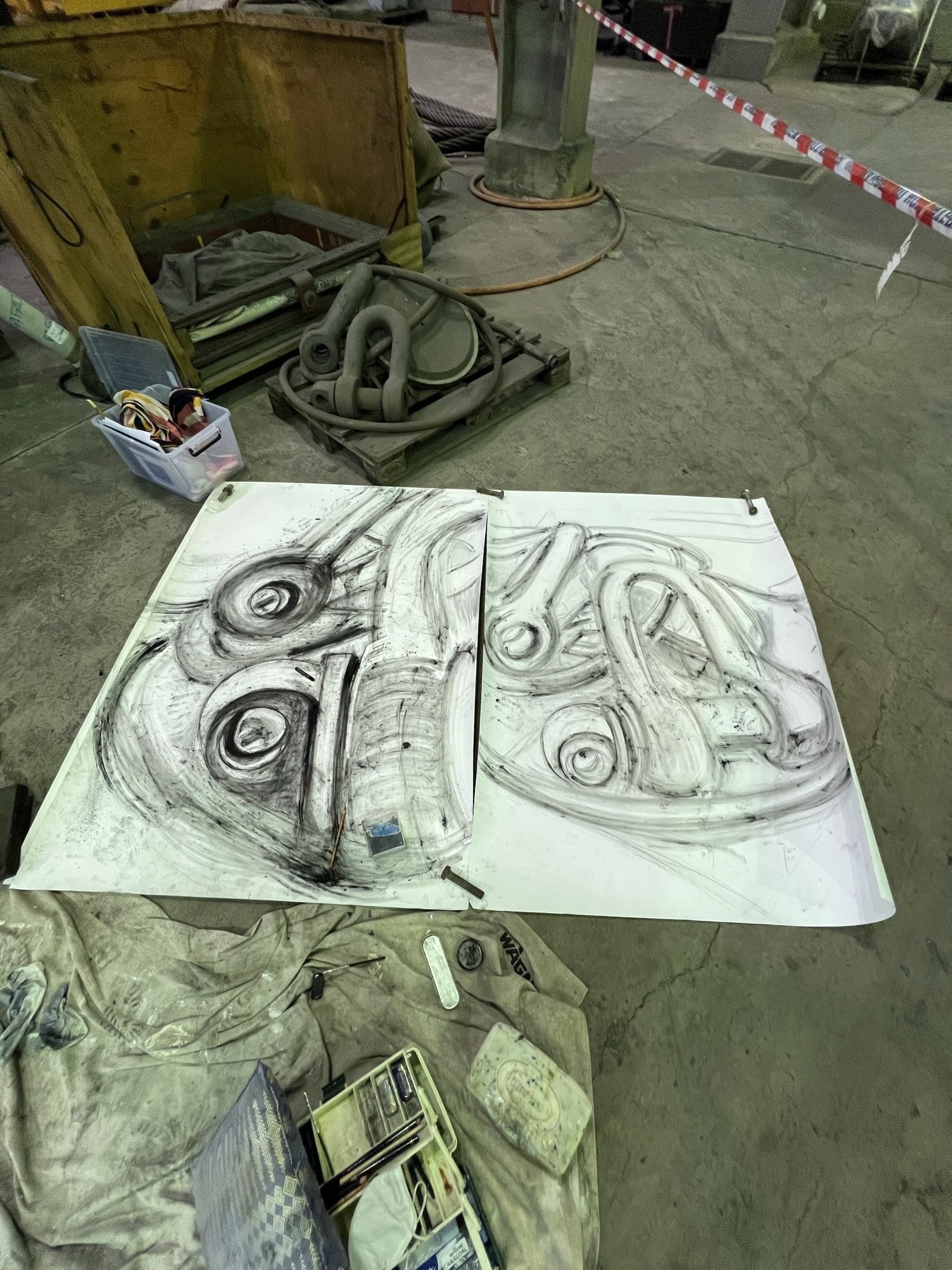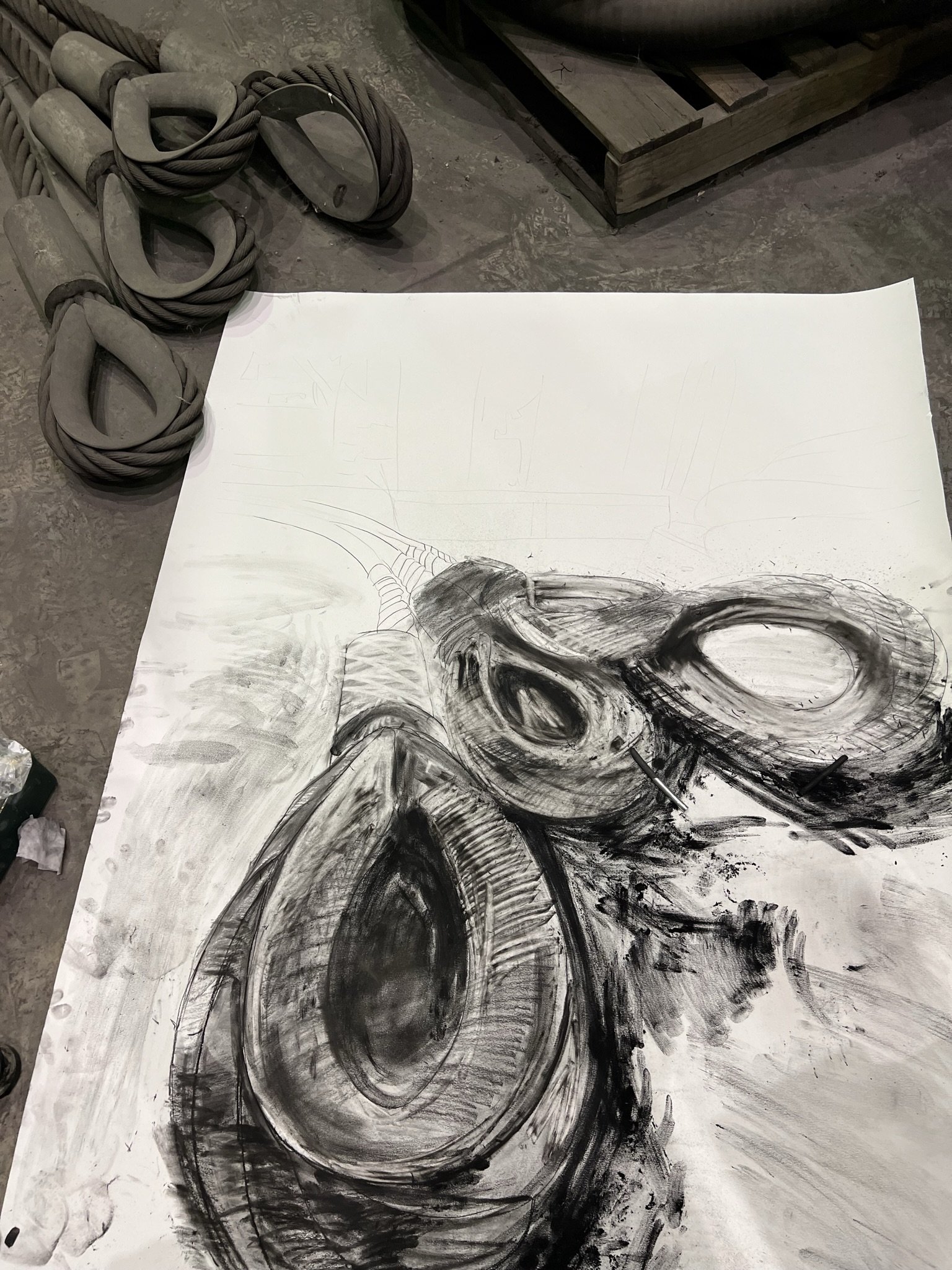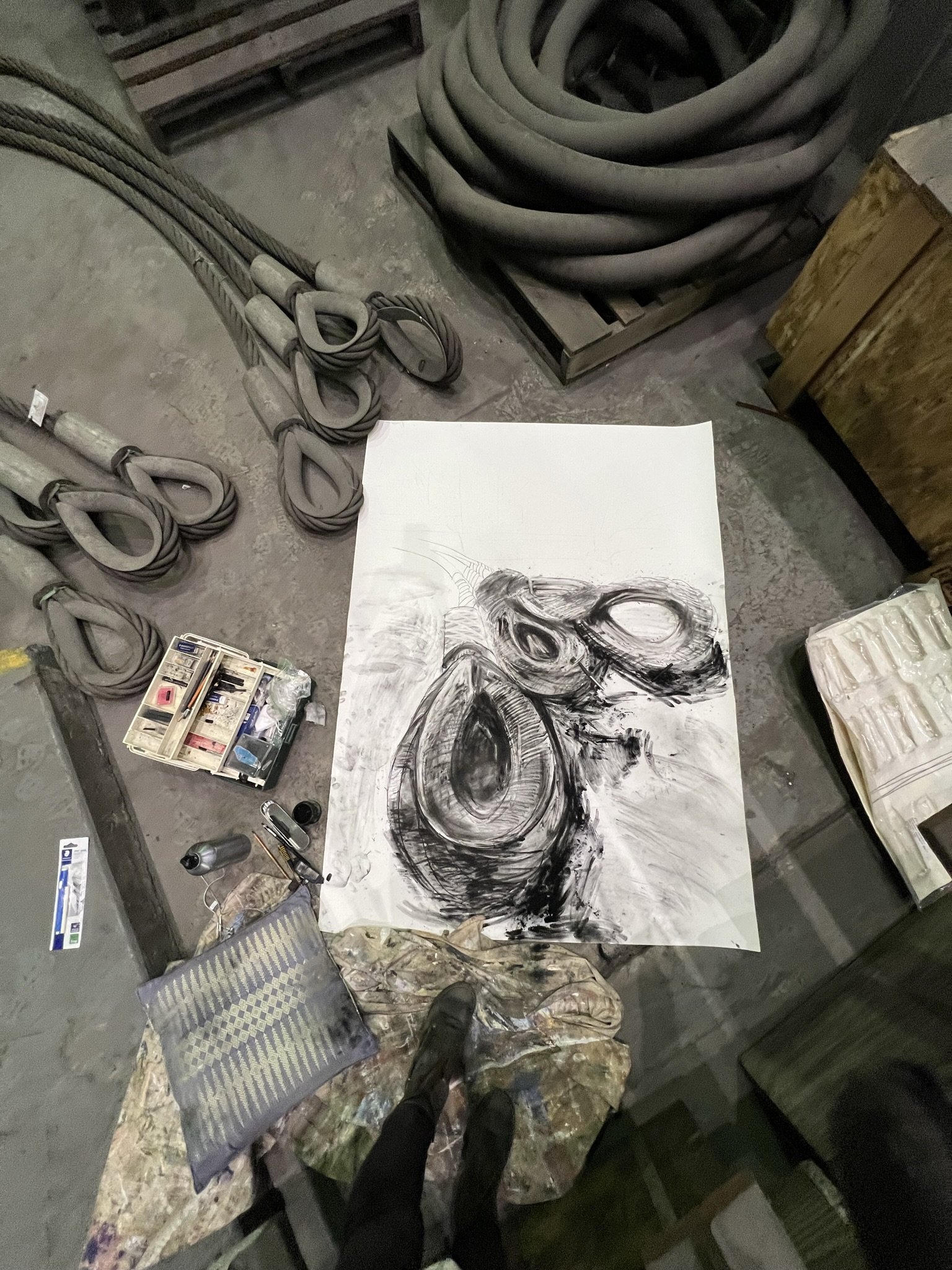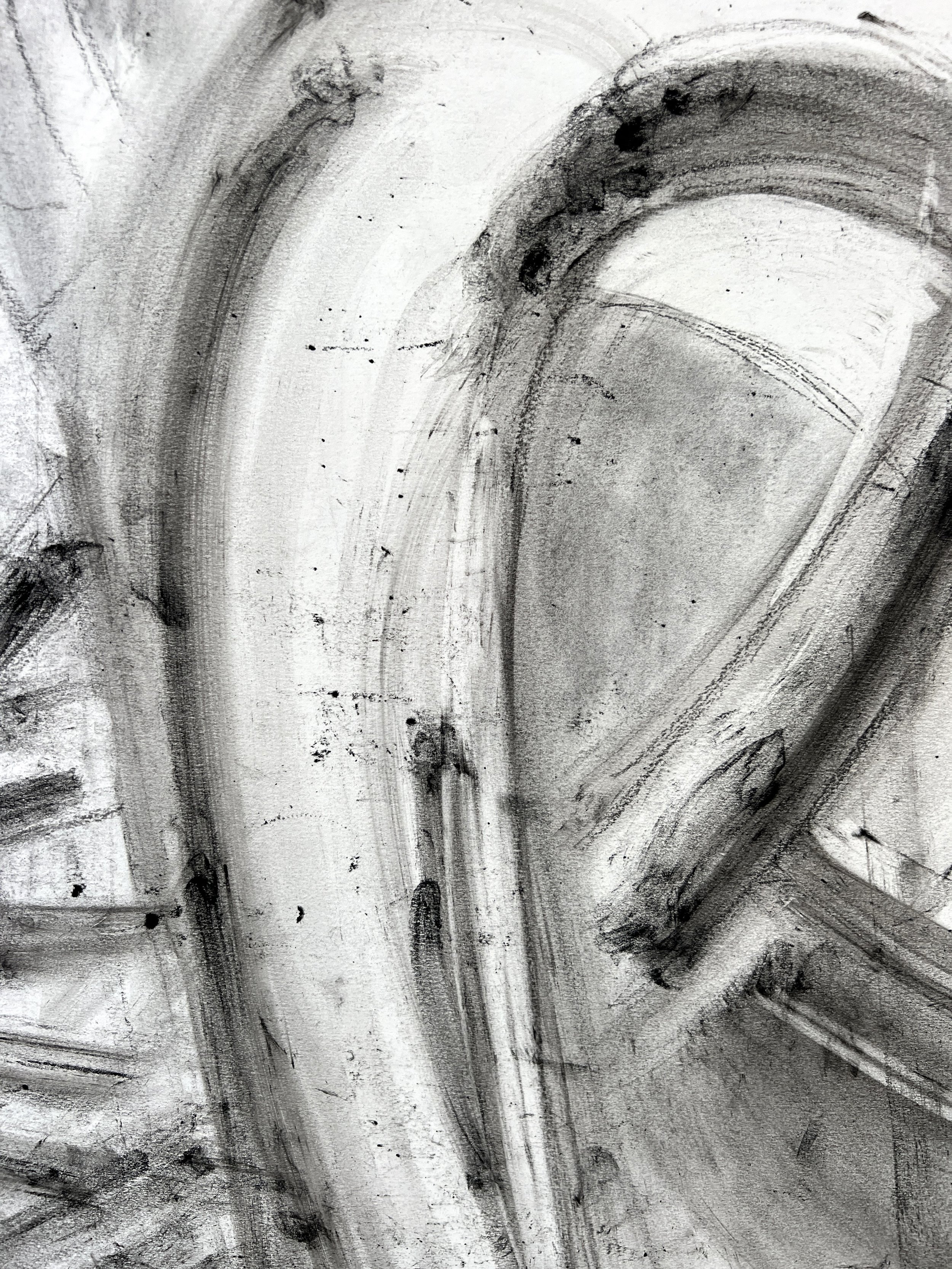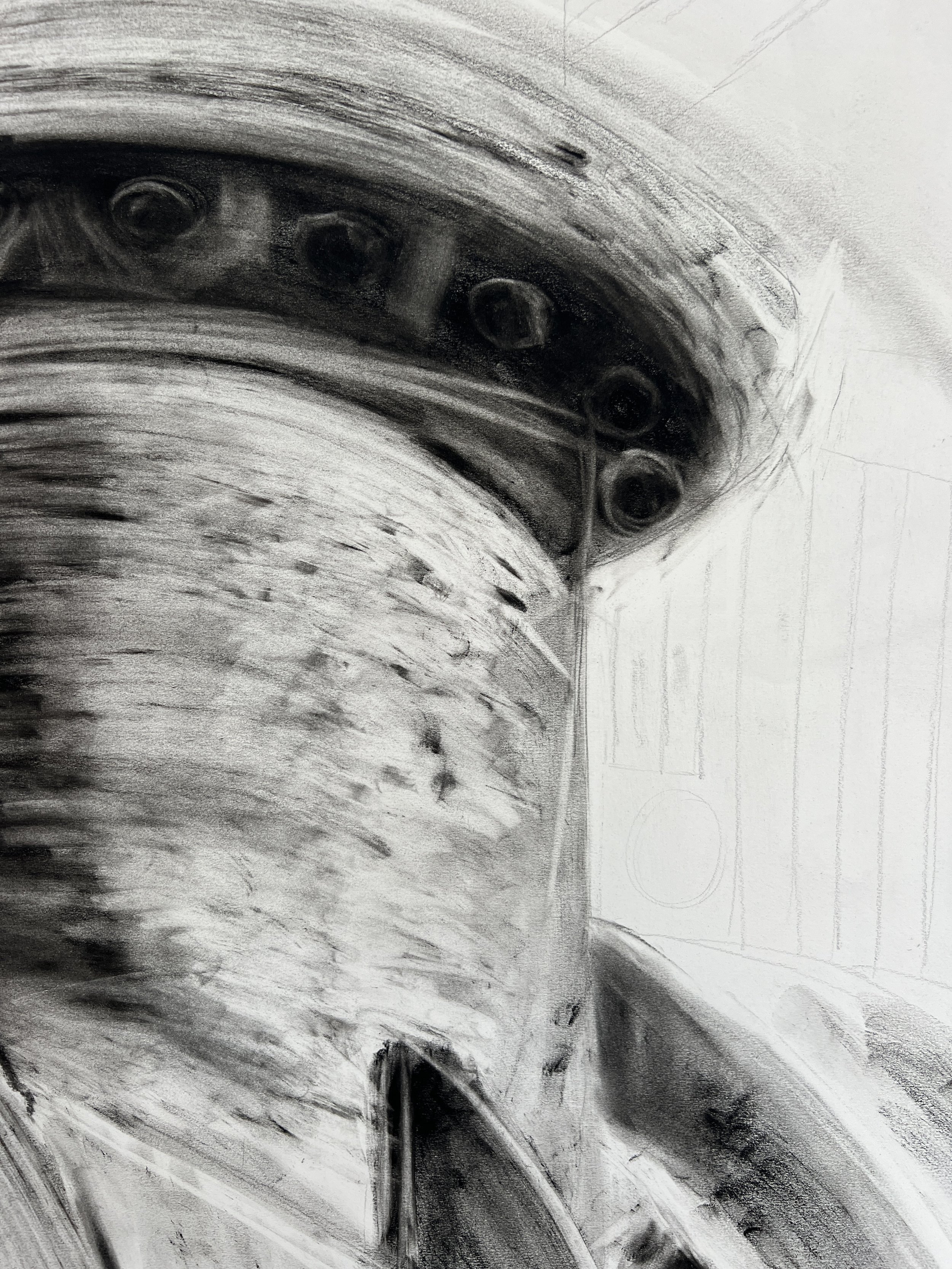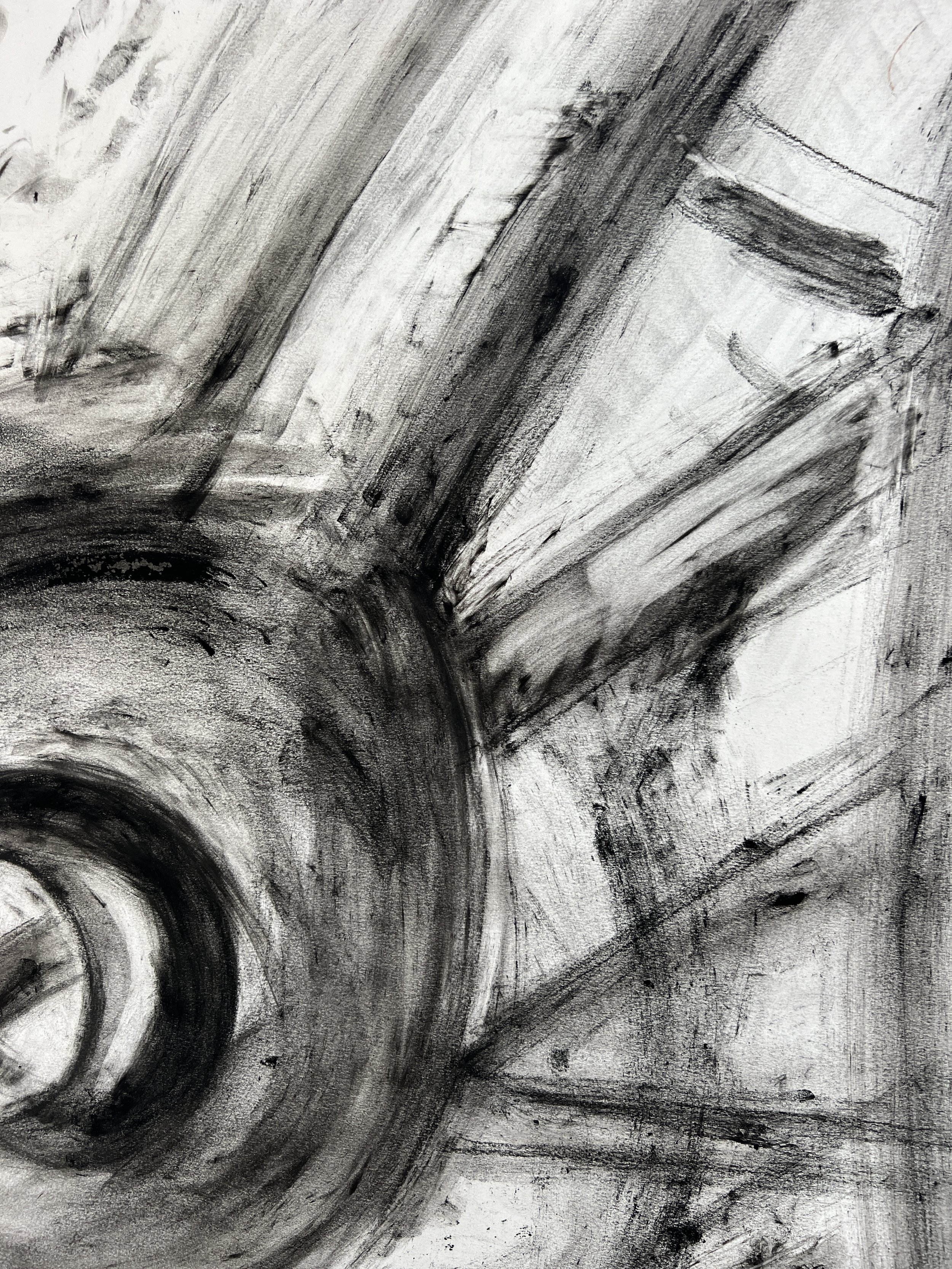LiddellWORKS Artist Residency 2024
About a year ago I saw an announcement on Arts Upper Hunter about the LiddellWORKS art residency. I decided I’d go to the open day and check out the power station, a place I’ve driven past numerous times and my curiosity of what it looked like got the better of me. I had visions of a cold and bleak station, almost robotic and without character. When passing by these massive, iconic chimney stacks before, they seemed like lifeless and desolate structures, randomly placed amidst the countryside of New South Wales. Boy, was I in for a surprise!
Upon entering the facility, I found the people warm, friendly and very welcoming. There was a wonderful upbeat vibe within the team, as they reminisced about the facility, which seemed more like a home and family. Affectionately, the staff referred to the station as ‘She’ often calling it ‘Mother’. It was felt that the station embodied motherly qualities by nurturing the staff, providing for them, and looking after them. It was as if the station pulsed with human characteristics, far from the cold and lifeless place I had imagined.
The power station was enormous both in size and atmosphere; it was loud and hummed with vitality. The creation of energy prompted me to reflect on Einstein's theories about the conservation of energy—how it can be transformed but not destroyed. This station was converting coal, formed millions of years ago, into energy, and here I was, witnessing the process akin to Mother Nature herself birthing energy from ancient materials. It was a deeply moving experience, and I yearned to capture these feelings in large charcoal drawings on paper.
“Energy cannot be created or destroyed; it can only be changed from one form to another.” (Albert Einstein).
The immediacy of the act of drawing I felt was perfect to articulate the emotional energetic aspect of what I was witnessing; what I was feeling. This coupled with the use of materials (charcoal on paper), I felt was the perfect medium to draw the subject matter before me.
The aim of my project titled “Mother’, was to draw very large drawings onsite at the power station. The choice of subject matter was chosen based on the everyday. I wanted to draw attention to objects which may be overlooked and feel insignificant. It did help that most of the objects found at the plant were huge to begin with, however their sheer size didn't always command attention. The featured objects weren't chosen for their beauty or aesthetic appeal; rather, they were valued for their functionality and significance in the operation of the power station. One such item I chose to draw was a chain, essential for the dismantling process of the power station.
To my deep gratitude, my project proposal was accepted. Subsequently, I was allowed two site visits, each lasting three hours. The initial time my work was influenced by the energy of the facility, I completed three drawings within this time. My work fed off the noise and vitality of the power station. Prior to my visit, I had chosen two objects to draw and hoped they would not be moved, which to my delight they had not. I set myself up with a hard hat, safety vest and was quartered off to draw on the ground. I drew with fervor, enthusiasm, and momentum, and I believe this energy is evident in the finished artwork. Afterward, I felt invigorated by the experience, and the resulting pieces felt complete.
Interestingly, during my second visit, the station had been powered down. Mother, who had nurtured us non-stop for over 50 years, now stood silent. I couldn't help but respond to the atmosphere, which felt more nostalgic, rather melancholic. Curiously, my work reflected this shift. Although I began three pieces, they didn't reach completion within the three-hour visit as they had previously. Instead, I took these works back to the studio to work on and push further, creating more marks and emotion. These pieces evolved into more resolved works, with a larger vocabulary of marks—from light to heavy, dark to soft, smooth to spikey. In all the works there is evidence of the power station in the marks that were formed by drawing on the ground (frottage).
The charcoal by nature acts as a memory in the tooth of the paper. This aspect of the medium is something you learn to work with rather than against. If you decide that a mark is not wanted, you can’t rub the mark completely out. The charcoal engrains itself into the weave of the paper. It creates a memory of where you have been, the drawing is evidence of a journey exploring your subject matter. It acts as trace, proof, testimony of your experience while drawing. I really enjoy this aspect of the medium and use it as a method of mark making where I use an erasure as a mark making tool. Layers of charcoal are applied by either willow stick or compressed charcoal stick together with charcoal powder. I tried to use the charcoal from the station but it didn’t work. However, the artist’s materials were perfect to demonstrate what I was seeing and feeling.
The works produced were 150 x 120 cm charcoal on paper drawings. Large in scale however with an intention to convey the intimacy and energy I felt at the time of creating the works. Each is titled ‘Mother i-vi’ in honour of the power station.
It’s been a privilege to be part of this project and I’d like to thank AGL and Arts Upper Hunter for this unique experience.
The group exhibition will be shown across two galleries, Muswellbrook Regional Arts Centre and Singleton Arts and Culture Centre June 2024.
Yours in art,
Bec x

